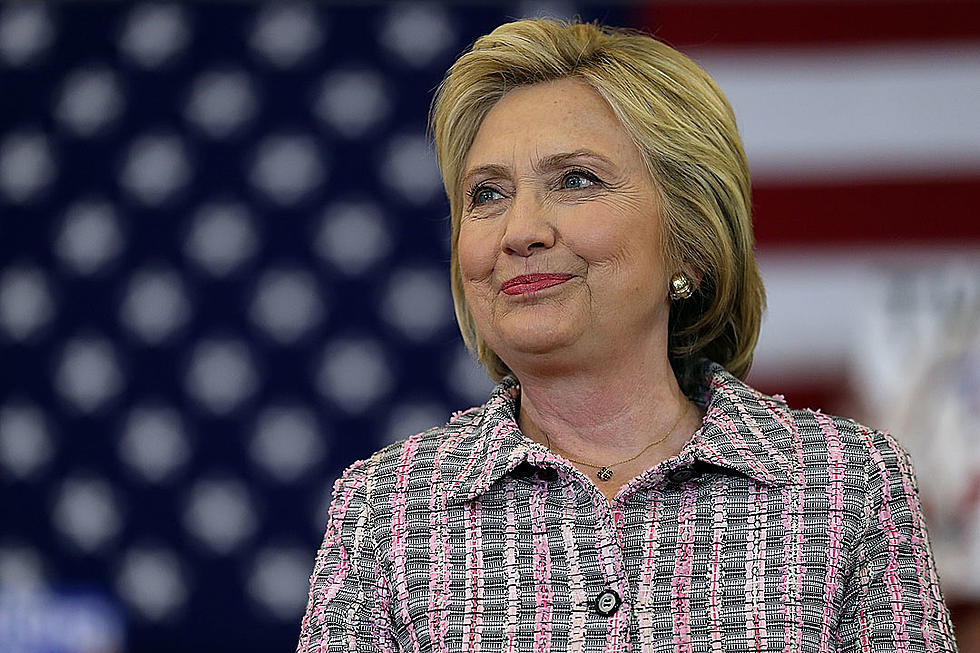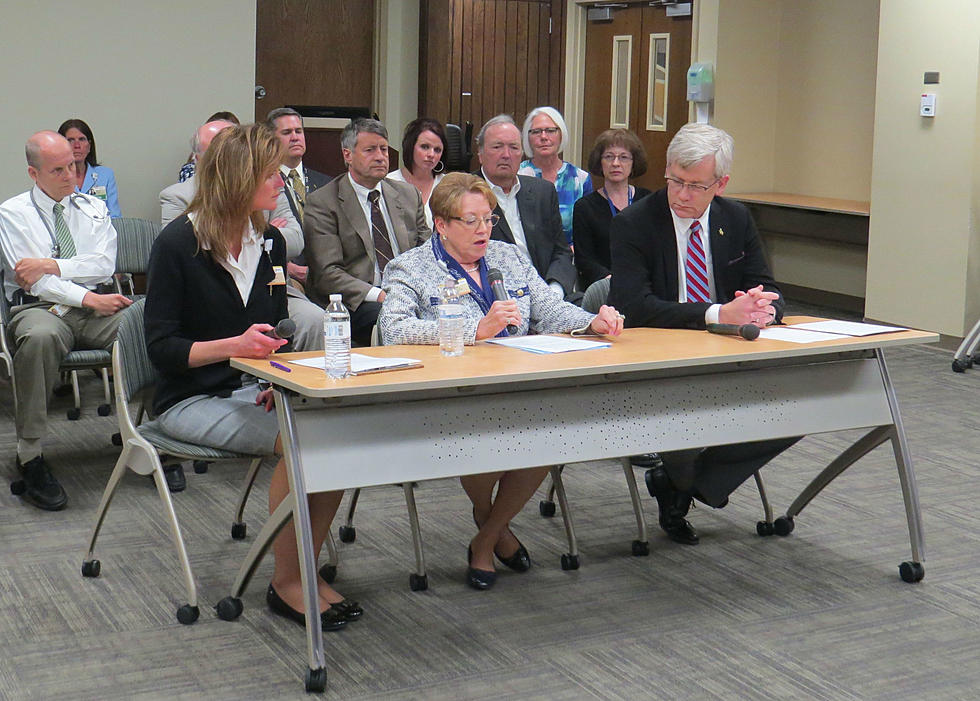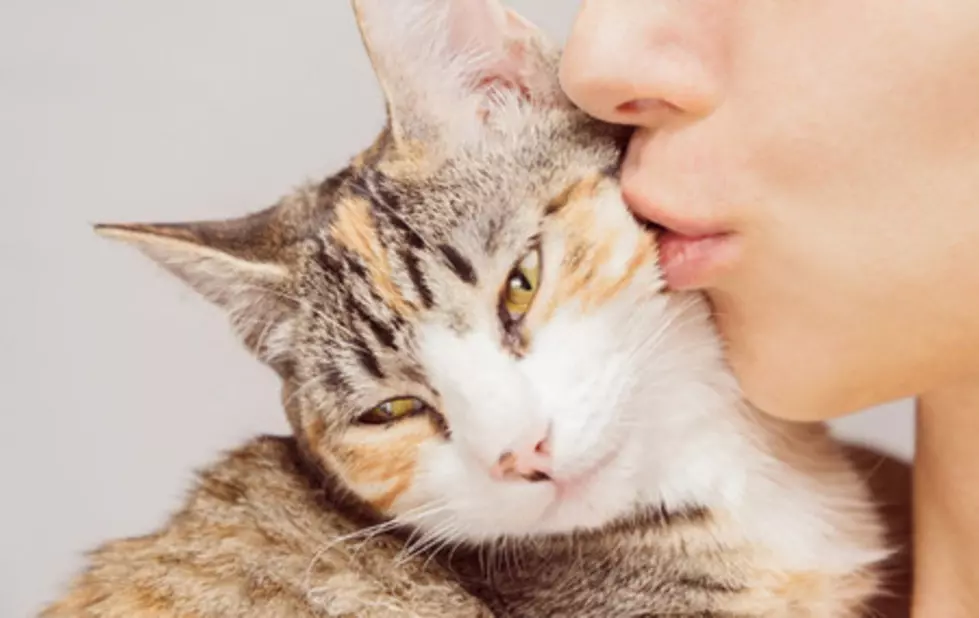20 Years Ago: Crowded House Break Up
Splitting up the band might seem like a pretty weird way to celebrate the release of a greatest-hits record — but then, Crowded House never did things the usual way.
Frontman Neil Finn made the decision to pull the plug while the group was in the midst of preparing for the release of Recurring Dream, a compilation collecting the majority of the singles from their first four LPs. Although they'd suffered a setback a couple of years previous when drummer Paul Hester quit partway through their tour in support of 1993's Together Alone LP, plans were still underway for another album — until they weren't.
"I spent a long time thinking about whether I should break the band up. It was in my mind a lot," Finn told Goldmine. "Once Paul had left, the internal chemistry was altered, and it didn't feel the same, anyway. It didn't feel as good. Although we could've made a good record. I got to the point where I needed the space, and didn't want to have the responsibility for so many people in my life. And the band didn't feel like it was really progressing."
That last point was driven home for Finn when, while listening to demos he'd believed to be unworthy of the next Crowded House record, he suddenly realized it wasn't the songs that were the problem. He just wasn't writing material suited for the group anymore, and rather than constrain himself creatively for the good of a successful brand, he needed to, as he put it in Chris Bourke's band bio Something So Strong, "knock it on the head."
The decision had its detractors. Bassist Nick Seymour, Finn's remaining co-founder in the group, accepted the breakup while making it clear he didn't think Crowded House had reached its full potential. "I remember Nick wanted us to be the biggest band in the world and was convinced that it was right there and we should take it," Finn recalled. "He was probably right but I didn’t really like the attention that much and so I pulled away from it."
That attention, he later explained, felt like "a double-edged sword" that slowly dragged the band off its axis. "The more success you get, make sure that’s part of your makeup or your overall ambition is to be famous or successful, because it doesn’t suit everybody. And I found out that, really, that certain aspects didn’t really suit me and certainly didn’t suit Paul Hester."
Recurring Dream was released in June 1996 and accompanied by a promotional tour, at the start of which Finn went public with the news that the group had parted ways. After a short series of concerts in Europe and Canada, they seemed to be finished, although they remained popular in many parts of the world — including the U.K., where the compilation topped the charts, and in their native New Zealand and Australia.
Sputtering out with a handful of shows in support of a greatest-hits album seemed like an undignified end to manager Grant Thomas, who hatched a plan for a farewell concert — and even though Finn was opposed to the idea, he couldn't argue when Thomas pointed out that the group's fans deserved a chance to say goodbye, especially when he proposed doing it as a free concert with proceeds to benefit a Sydney children's hospital. The date was set for Nov. 24, 1996, with the show to be held on the steps of the Sydney Opera House.
Thomas' plans paid off with a show that, according to Something So Strong, was attended by as many as 250,000 people. The band delivered accordingly, welcoming Hester and onetime Crowded House member Tim Finn onto the stage for a show that, as Neil told the crowd, felt "more like a celebration than a funeral." After completing a triumphant set that would later be commemorated on the film and concert album Farewell to the World, he left the stage with a simple word of thanks, musing, "It's been a blast."
With Crowded House laid to rest, Finn embarked on a solo career that, although it didn't command the band's commercial profile, found him testing more challenging creative waters. He and Tim, who'd played together in Split Enz before briefly reuniting during Tim's short tenure in Crowded House, also cut a pair of Finn Brothers albums: 1995's Finn and 2004's Everyone Is Here. In 2002, Finn led 7 Worlds Collide, an all-star collective featuring veterans of Pearl Jam, Radiohead, and the Smiths; the group name was revived with new personnel for a charity studio LP, The Sun Came Out, in 2009.
Yet as busy as Finn stayed with other projects, memories of Crowded House remained — and they were shadowed by heartbreak after Hester committed suicide in 2005. Drawn closer together by Hester's death, Finn and Seymour deepened a friendship tested by time and sadness — and although they'd later deny there was a direct connection between the two, this period led into an unlikely second act for the band.
With Crowded House vet Mark Hart joining Finn and Seymour, and new drummer Matt Sherrod in the lineup, the reconstituted group returned with the new LP Time on Earth in 2007, and resurfaced again three years later with Intriguer. Although the band has been inactive since the conclusion of the Intriguer tour, they haven't said goodbye again — perhaps with the understanding that a brotherhood capable of surviving so much can never really be set aside.
"Paul’s presence is really there in Crowded House but not in a burdensome way," Finn explained to the Telegraph in 2010. "When we were at our best, it was a glorious time. I can watch a video of us in the old days and laugh like hell, and not feel like its this melancholy weight. I miss him, and I think it’s a tremendously sad waste of quite a special person that he did what he did, but one of the nice things about bringing Crowded House back is that we wanted to rekindle a spirit which has a good heart to it."
The 25 Most Underrated Albums of the Past 25 Years
More From 107.9 Jack FM







![The 2016 Machine Gun and Cannon Shoot Was a Blast [VIDEO]](http://townsquare.media/site/102/files/2016/06/MGCS2016.png?w=980&q=75)


